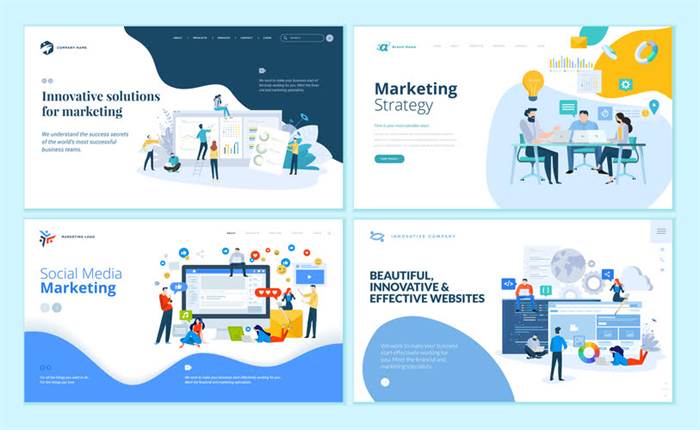The goals for this stage include creating opportunities for the team members to have more input into what they’re trying to achieve. Teams at this stage are more self motivated, so the leader is able to be much more hands-off. Every organisation relies on great teamwork and it’s important to support our teams to work together effectively.

Team learning is often necessary to execute healthy team development and providing your team with the tools they need to thrive is good for them and your organization. These tools may include team development discussions, training, or workshops. This phase consists of leaving the team and completing the project. Although I’ve mentioned there can be conflict in this stage, conflict can be healthy. It’s good for people to be able to voice their ideas and frustrations.
How to use Fellow to foster team development
You should also continue providing much-needed context to the team. As a product manager, you’ll be more knowledgeable about what’s happening in the company and why certain decisions were made. Keep an eye out for various team dysfunctions that can develop even in the best teams, especially if there’s rotation among team members at some point.
- So, you host a meeting where your team can get to know one another, their work style, and the way they feel appreciated.
- Create an agenda and establish a document to track ideas and comments during the meeting.
- Tuckman was not the only author who described a team development model.
- Shift your focus more towards coaching and support your team in finding their rhythm.
- Conversely, when leaders recognize that every team needs some time and TLC to grow into a functional unit, good things tend to follow.
- In addition to evaluating accomplishments in terms of meeting specific goals, for teams to be high-performing it is essential for them to understand their development as a team.
With this information, the team can begin aspiring to a better team dynamic. As the real work kicks in, the project may present both technical and interpersonal challenges. Individual work habits, leadership decisions, or lapses in communication phases of team development can cause tension within a team. Annoyance, frustration, and anxiety commonly arise in response. However, as the storming phase subsides and the team progresses through norming and performing stages, its effectiveness increases exponentially.
Clearly set expectations for communication
Be prepared to address any issues that may arise, and don’t be afraid to make changes if necessary. This article will outline the five stages, explain what each entails, and offer tips on how HR professionals can help teams move through the stages successfully. Many teams will continue to have bouts of “Storming” from time-to-time, for example, after an organisational change. Also, as team members leave and new team members join, the team might go back through the stages. To grow from this stage, team members need to build their collaborative ability. They need to learn how each individual team member operates and become skilled in coordinating their activities.
By starting with a free trial, you have the freedom to learn as much as possible about the product before committing to it. To accommodate your remote teams and to make sure your first project team meeting is productive, use a video conferencing platform like Zoom. This way team members can meet from anywhere and share their screen so that everyone can see the project details simultaneously. Record and store the meeting in Teamwork.com so that team members can revisit it at any time if they need a reminder of the discussion. Methodologies like agile project management can help keep teams in sync and growing with ease. “All too often when a project is completed, the team leaders will just walk away.
Four Stages of Team Development
This way, you’ll know exactly how long everything took and this can help you to improve your pricing and planning on future projects. Tasks can be assigned to team members, departments, and also dates to ensure your project stays on track. You can add tasks to your project via Project.co so that everyone on your team knows what they are required to do. These short daily – or even weekly – meetings give everyone on the team the opportunity to air any issues or doubts they’re having, and help keep people on the same page. Project.co allows you to invite everyone on the team to your project so that all communications can be kept in one centralised and secure place. This includes people from your team, the client-side, and even freelancers – even with their own permissions.

Team members accept each other’s differences and communicate openly, sharing ideas and giving feedback. There is a growing sense of belonging amongst team members and a desire to maintain the group. To grow from this stage to the next, team members need to engage in collaborative problem solving.
Which stage is your team in?
Find tools that don’t require hours of training and automate basic functions to get the job done. Before committing to a tool, give your team some time to work with it and test it out to make sure it fits their needs. Lots of tools offer free trials, so use that time to experiment and check its compatibility with other products you use.
Choose a project management software that lets you plan the entire project and assign deadlines and responsibilities so everyone can see what tasks need to be accomplished. At this stage, the team disbands after having completed the project deliverables and remaining formalities. Many members will have grown close and will cherish the experience. Conflicting emotions could arise here, with those afraid of change becoming flustered about future uncertainties. As one project ends, another might be starting up, either with the same team or new players added. As creative director, I work with companies to improve their marketing communications and content.
At the Adjourning Stage:
There’s a lot of research into psychological safety, about how to help teams to achieve it. We need to ensure that we have a shared understanding, that we think of ourselves as a team, and we’re clear on what we’re trying to achieve. We need to emphasise that everybody in the team is valuable and contributes.
However, it’s possible for teams to undergo a serious change that causes them to revert to an earlier stage. For example, a high volume of turnover in a short period https://www.globalcloudteam.com/ might cause the team to return to the forming stage and start again. By far, well-oiled teams are more effective than any single individual could ever be.
The advantages of the Tuckman Model
The second stage of team development is usually the most tumultuous, hence the name. But don’t panic, not all teams go through this period of storming. The group development process is important because the system allows leaders to identify the correct stage of development and accurately assess the level of teamwork. The leader can then concoct an improvement plan to move team members through the development phases.

